Sustainable Solutions Showcase Exhibits
Sustainable Solutions Showcase Exhibits - Hunter Halls, 9th November 2021.
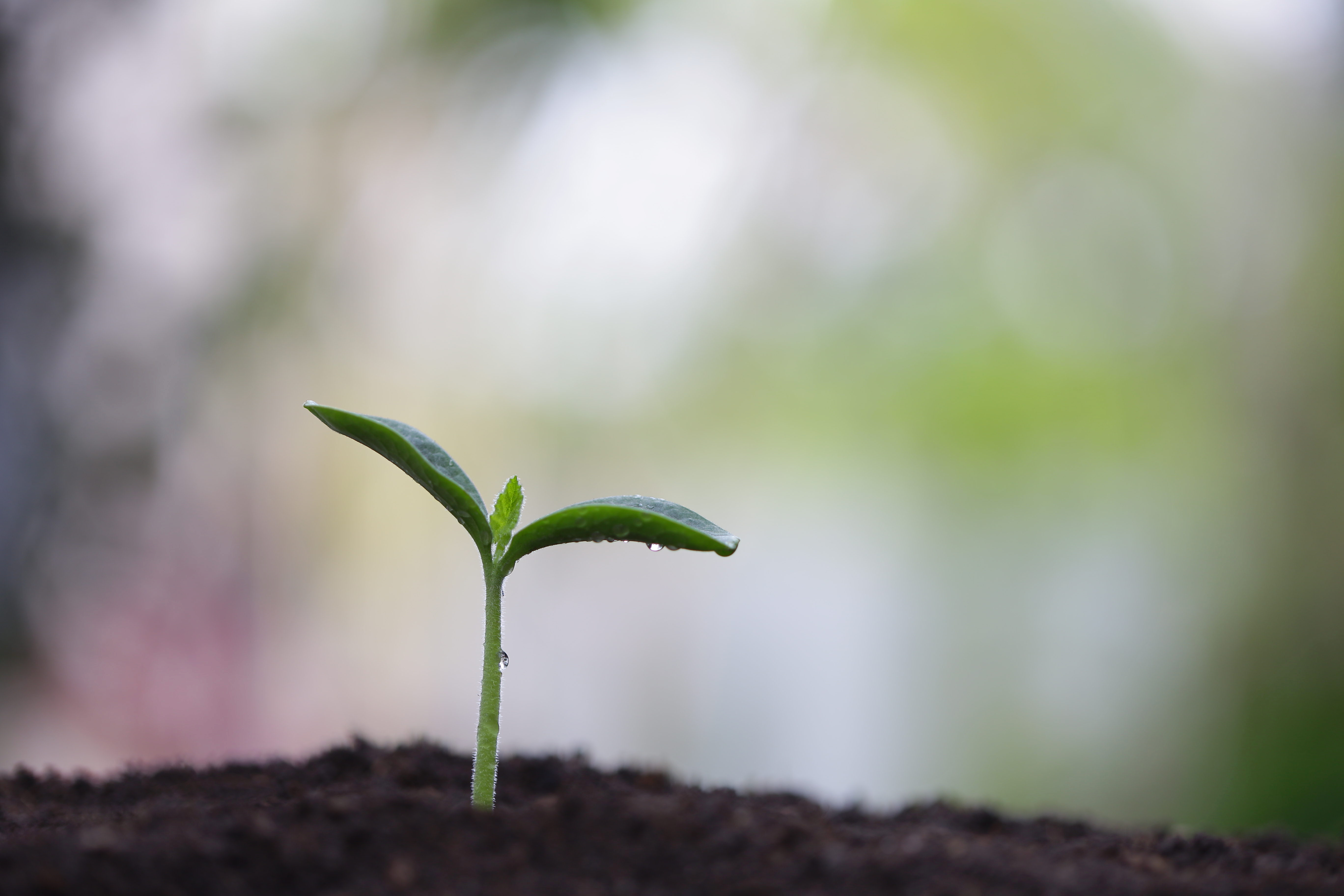
Centre for Sustainable Solutions
Exhibitors: Various CfSS Team Members
We're delighted to welcome you to our Showcase! Please pop by our exhibit first to find out a bit more about what we do, ask us any questions, offer suggestions, and use your smartphone to tap into an instant feedback tool on your experiences and thoughts as you move around the exhibition. The results of this will update live (and anonymously) on the screen at our stall. You can also join our public email list or follow us on social media to make sure you find out about future events, courses, projects, and more.
The University of Glasgow's Centre for Sustainable Solutions launched in April 2020. We enable individuals, communities, and organisations to act towards a sustainable future through education, research, and partnership. We support interdisciplinary, cross-campus and cross-sectoral solutions to climate change, to ensure the University can meet the ambitions of its strategic response to the climate crisis: Glasgow Green.
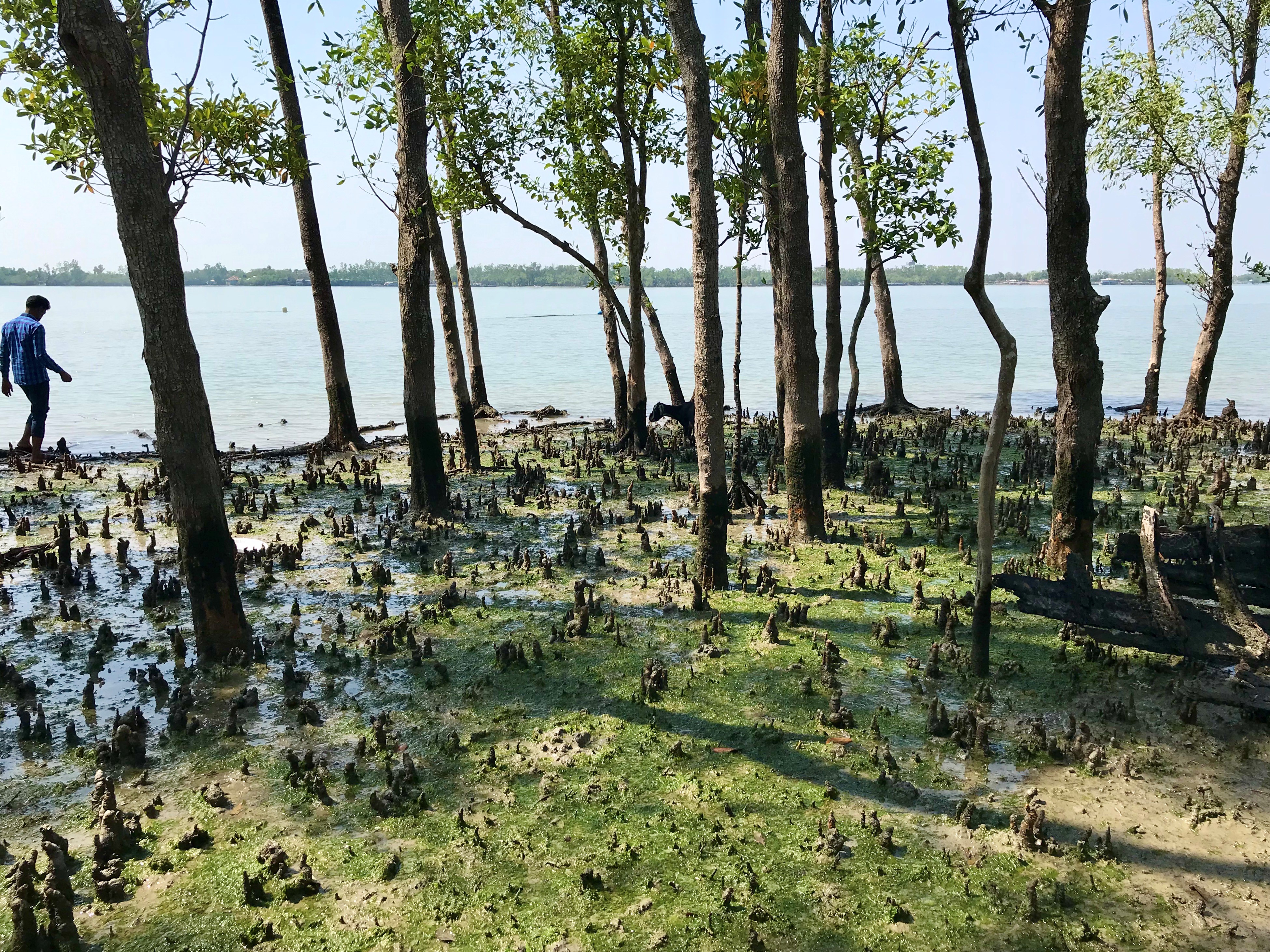
Coastal Vulnerability and Social-Ecological Adaptations
Exhibitors: Dr Cai Ladd, Dr Ying Zheng, Dr Emilie Cremin
About 40% of the world's population lives within 100 kilometres of the coast. Climate change and habitat loss are placing those livelihoods at risk. Dr Cai Ladd and Dr Ying Zheng from the School of Geographical & Earth Sciences, and Dr Emilie Cremin from the School of Interdisciplinary Studies will demonstrate why coastal wetlands are important: you can watch how plants absorb CO2 and reduce coastal flooding; how we can look after them: you can see our new sensor that helps restoration projects; and who is adapting to climate change. You can take part in our questionnaire on recognising the risks of climate change.

Digital Connectivity for a Green Future
Exhibitors: Dr Shuja Ansari and Dr Yusuf Sambo
A 5G pop up network will be deployed in the exhibition space to demonstrate the following 5G technologies that help tackle the climate change:
- Holographic call between the exhibition space and UofG 5G (G5G) testbed control room at the James Watt South Building.
- Real-time control over 5G between the exhibition space and G5G testbed control room.
- Using Mixed Reality, attendees will be given a virtual induction to the James Watt Nanofabrication Centre.
- Persuasive Energy Conscious Network (PECN) that evaluates the feasibility of using communications and sensing to influence user behaviour for reductions and shifts in patterns of electricity consumption.
Image credit: Image created by the team from the following openly licensed sources: https://www.flaticon.com/free-icon/earth_44386; https://www.pinclipart.com/pindetail/ibiJTRR_wifi-clip-art-free-download-free-wifi-green/; https://www.freeiconspng.com/img/14616.
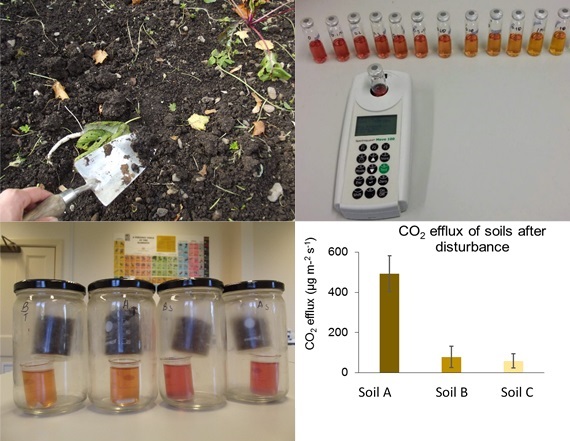
Dynamic Soils: Examining How Soils Respond to a Changing Climate
Exhibitor: Dr Michael Muir
Soils play a vital role on Earth and are a key component in a wide range of dynamic processes. These include plant growth, nutrient cycling, regulation of atmospheric gases and storing carbon for hundreds to thousands of years. Soils are not inert and the direct or indirect actions of humans can alter or disrupt the way soils normally function.
In this activity, staff and students of the University of Glasgow’s Environmental Science and Sustainability program will demonstrate some vital soil functions and consider how soil processes respond to a changing climate.
Image credit: © Dr Michael Muir, used with permission.

Envirofy Your Shop: A Browser Extension that Supports You in Lowering Your Diet’s Carbon Footprint
Exhibitor: Gözel Shakeri
Envirofy is the first science-based web browser extension that automatically calculates the carbon footprint of foods for you, so you can make sustainable food choices – effortlessly.
Food choices can have a big impact on climate change as around 30% of global greenhouse gas emissions are attributable to the food sector. However, changing our diet could reduce this by 49%.
We are researchers from Glasgow, Bristol, and Oldenburg and we’ve developed Envirofy to support you in lowering your diet’s footprint. Come and see how Envirofy can save you time, save you effort, and help you save the world when shopping online.
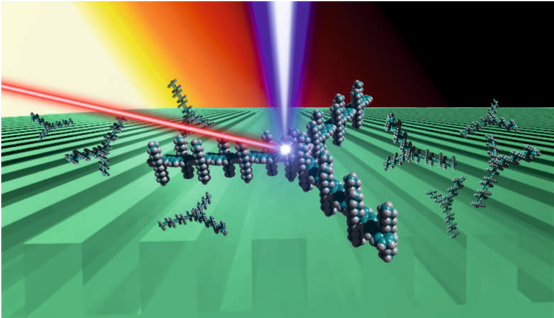
Energy Conversion and Storage Research at the University of Glasgow
Exhibitors: Mark Symes, Peter Skabara, Pablo Docampo, Alexey Ganin, Jeffrey Kettle.
This exhibit will showcase the work of the Energy Conversion and Storage Section in the School of Chemistry (Skabara, Docampo, Ganin, Symes) and School of Engineering (Kettle). Topics covered will include novel organic light emitting diodes (OLEDs) for low power lighting, new ternary blend organic solar cells with increased solar absorption, solar-powered wireless sensor networks for environmental monitoring, biodegradable electronics, Zn-ion batteries, electrolysis for hydrogen production and highlights of the recent British Council Researcher Links Climate Challenge workshop hosted online by Glasgow and Lahore University of Management Sciences, looking at the energy transition in Pakistan.
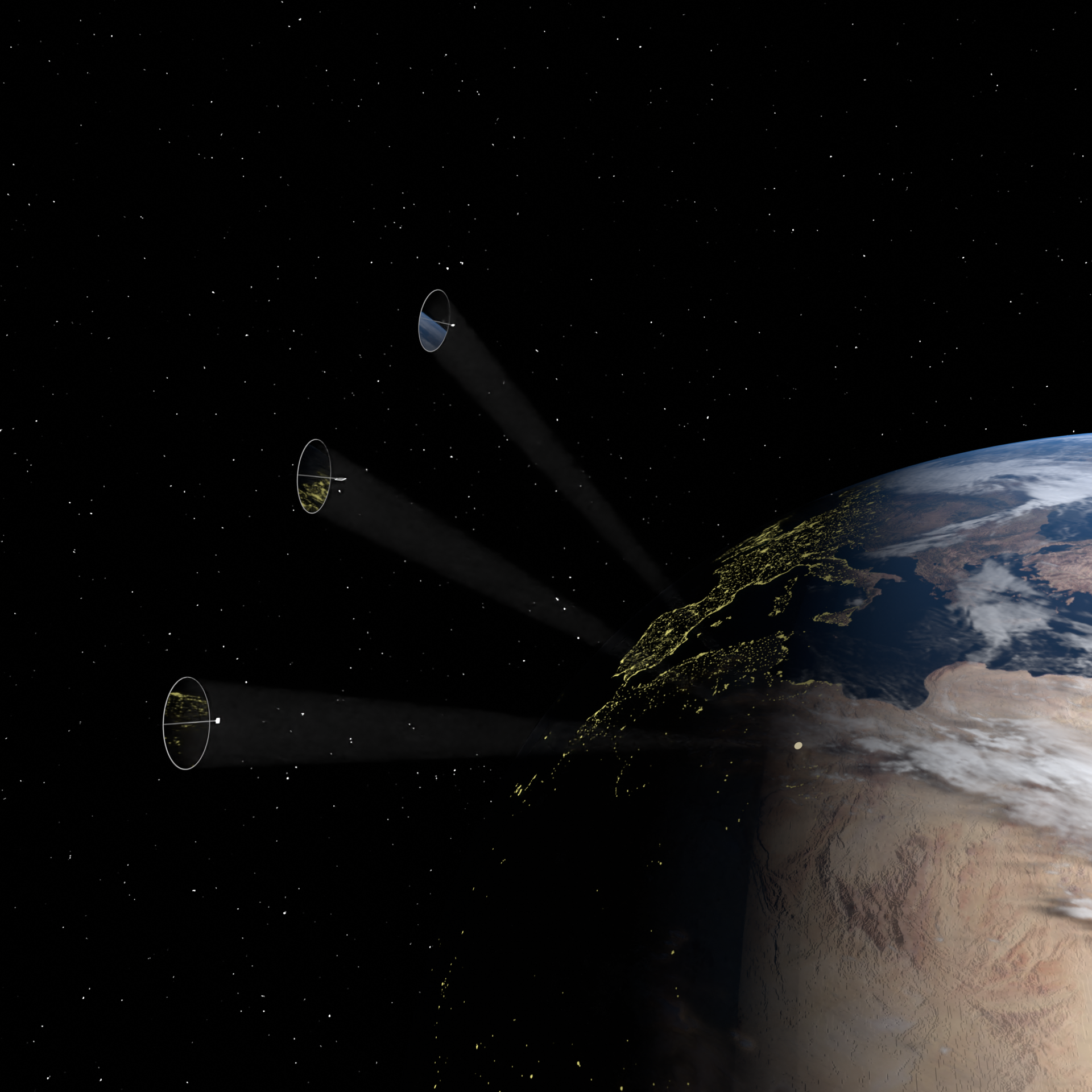
Enhancing Global Clean Energy Services via Space-based Solutions
Exhibitor: Dr Onur Celik, Prof Colin McInnes, and the SET Group
The Sun is virtually an endless clean energy source for our Earth. But it has one problem: we can only use it during daylight hours. What if we had an ultra-lightweight reflector in orbit, reflecting additional sunlight locally to solar power farms to extend those hours? We are researching new technologies to enhance global clean energy services via space-based solutions at the Space and Exploration Technology (SET) Group at the University of Glasgow. We will showcase these technologies and welcome visitors to meet the team. Exhibit coordinated by Onur Celik and the Space and Exploration Technology Group. SOLSPACE project supported by an Advanced Grant from the European Research Council (2020-2025).
Image credit: © Dr Andrea Viale, used with permission. Image includes Earth Texture Map, NASA.
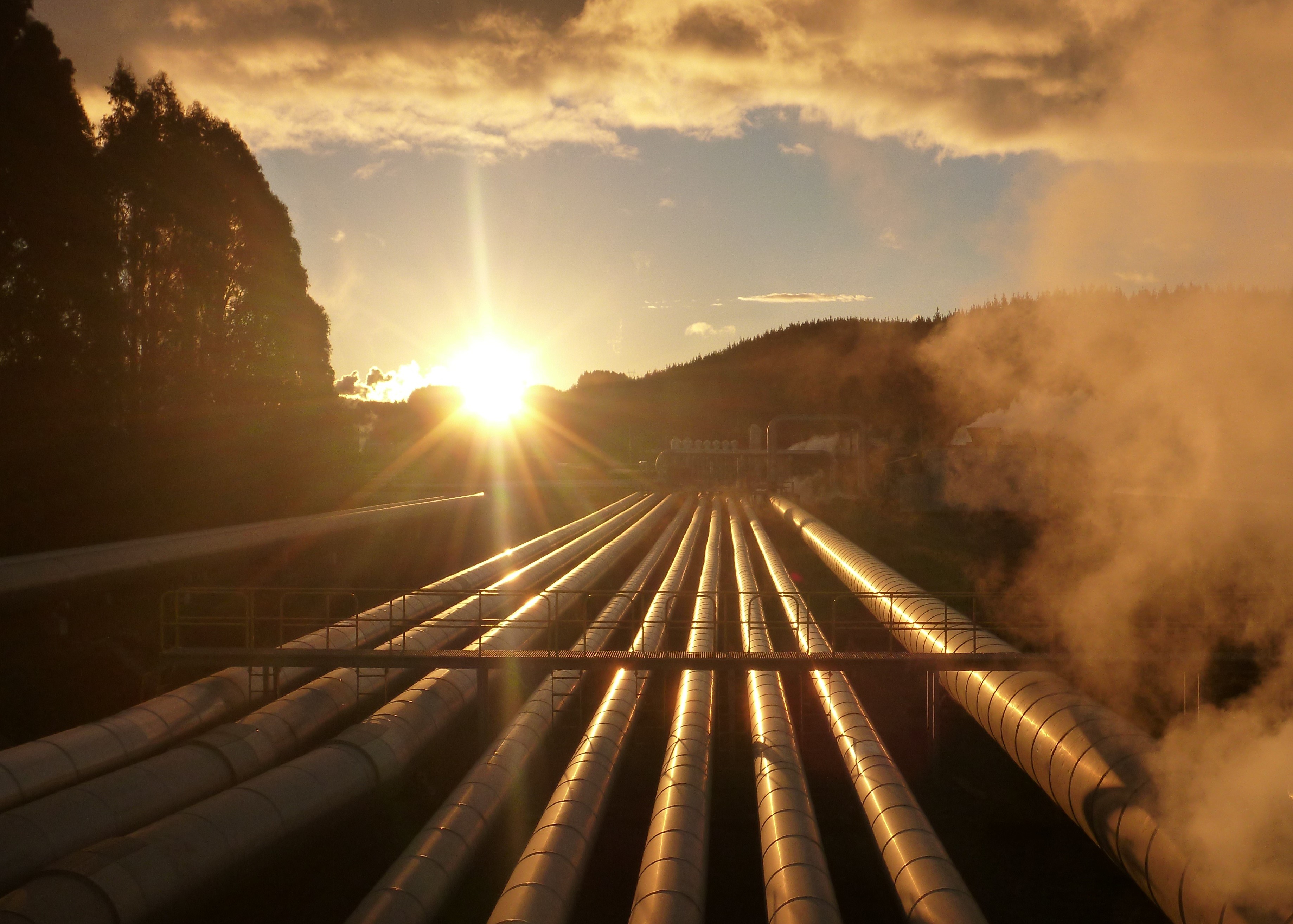
Geothermal Energy and Technology Interplay towards Carbon Neutrality
- UofG Energy and Sustainability Research Theme
Exhibitors: Prof. Gioia Falcone, Head of Energy & Sustainability Research Group and Associate Director of the Centre for Sustainable Solutions, together with Ms Andrea (Andy) Blair, President of the International Geothermal Agency, and Mr. Walker Darke, United Nations Economic Commission for Europe.
Please join us to find out more about our collaborative activities to drive the global energy transition! We will talk about our work on setting standards and nurturing stakeholders engagement in clean technology. This will include:
- the work of the UNECE Expert Group in Resource Management;
- the UNECE Pathway to Sustainable Energy/Carbon Neutrality projects and the Carbon Neutrality Toolkit;
- the vision of the IGA and the role of its UNFC Ad Hoc committee;
- the lessons learnt from the implementation of the IGA-UNECE specifications for the classification of Geothermal Energy Resources, including from in-country training and workshops in Indonesia, St. Lucia and Ethiopia.
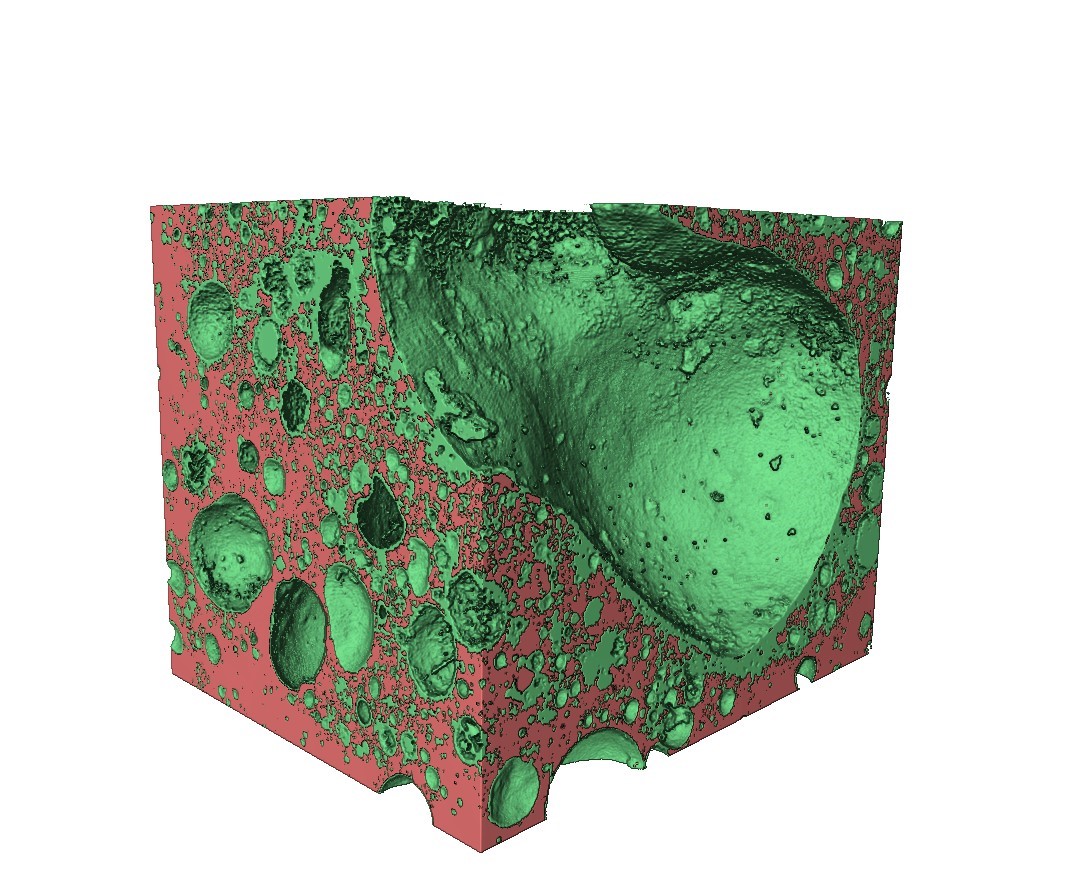
Good Old Slags – Removing CO2 from the Atmosphere
Exhibitor: Dr John MacDonald, Lecturer in Earth Sciences, School of Geographical and Earth Sciences.
How can we use old industrial by-products to take CO2 out of the atmosphere? Come and find out with Dr John MacDonald and his research group from the School of Geographical and Earth Sciences. Find out about places in your local area which are quietly drawing CO2 out of the atmosphere, and helping us achieve Net Zero. Learn about the chemistry of this process, with a fun activity involving sweeties for kids (and adults) of all ages!
Image credit: © John MacDonald. Used with permission.
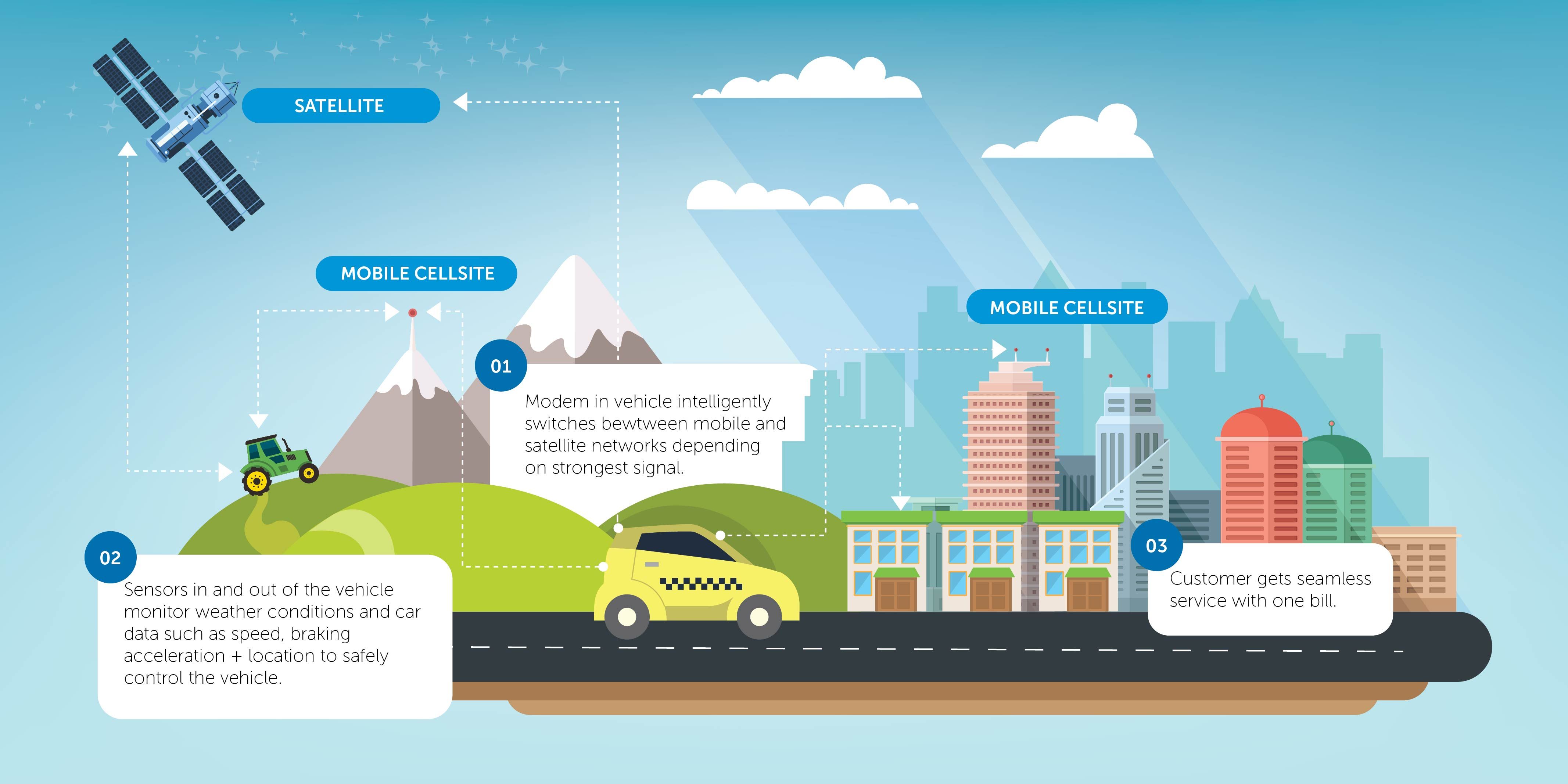
Mobile Testing Healthcare Unit – 5G and Satellite Enabled Connected Clinic
Exhibitors: Prof Nuran Acur, Prof Muhammad Imran, Milos Petrovic (Darwin Innovation Group), Dr. Ahmad Taha.
Carbon footprint generated by people travelling to healthcare settings is not negligible. There is abundant scope to move health services out of hospitals and health centres. Connected Mobile Health Centres are a great alternative to tackle the challenge. Ubiquitous connectivity is essential to enable provision of health services by means of Mobile Health Centres; it allows provision to sub-urban and rural communities and care homes
Darwin, in collaboration with the Adam Smith Business School and the James Watt Engineering School from the University of Glasgow, have developed a Connected Mobile Test Unit which combines 4G/5G and satellite connectivity. Live test-drive proof-of-concept demonstrations have shown much increased overall service availability with sustained levels of service and great user experience
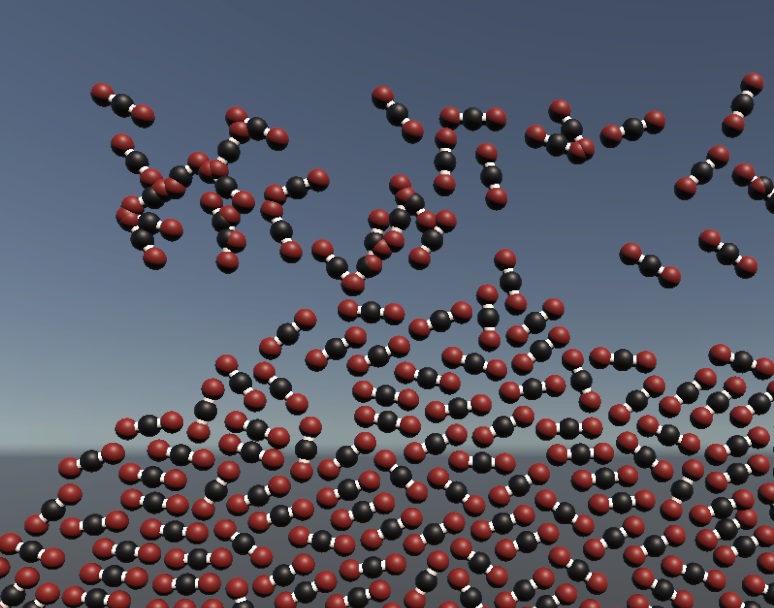
OpenAir Collective and UofG GamesLab present "The Carbon Collector Game"
Can you map out a strategy to stay within our carbon budget? Play ‘Carbon Collector’ to find out! A research-driven multiplayer game, demonstrating carbon removal as an important tool in an overall climate change solution, as outlined in the UN's IPCC report. Players discuss strategies for remaining within our carbon budget, staying under 1.5 degrees Celsius. Using their smartphones as controllers, they vote on appropriate allocation of resources, observing the game on a large screen and witnessing results of their collective decisions. Accompanied by gaming-related environmental debriefings and previewing related work on a Games Sustainability Hackathon and ‘Tempest’ flooding wargame.
Image credit: OpenAir Collective / NYU; screen capture from within the game, used with permission.

Picturing Polar Bears: Art, Creativity, Climate Change
Exhibitor: Dr Lizanne Henderson, School of Interdisciplinary Studies
This event concentrates on usages of the polar bear as a symbol of climate change and habitat loss and questions if the bear is a suitable icon? It specifically engages with the use of the polar bear within the visual arts – showcasing the work of American fine artist Diane Fiedler – and finding fresh ways to communicate anthropogenic climate change to wider audiences. What this activity ultimately explores is the potential role of art, creativity, and environmental humanities in conversations about climate change.
During this event you will have an opportunity to draw your own polar bear and the option to share on social media using the hashtag #picturingpolarbears
Image credit: ©padeapix - Lizanne Henderson. Used with permission.

Quantum Imaging and Climate Change: Making the Invisible, Visible
Exhibitors: Researchers from QuantIC, The UK Hub for Quantum Enhanced Imaging
To tackle climate change, it is necessary for both industry and government organisations to have accurate, widespread access to monitoring solutions that can show the emissions, condition, and sustainability of our society. QuantIC has developed a range of imaging solutions that address major areas of climate impact. These include seeing gas emissions such as methane and hydrogen, structural health monitoring within challenging environments, and enabling better product longevity for renewable energy sources. Visit our stand to learn more about the UK National Quantum Technology Programme and how innovations in quantum imaging can help to alleviate environmental damage.
Image credit: QuantIC, used with permission.
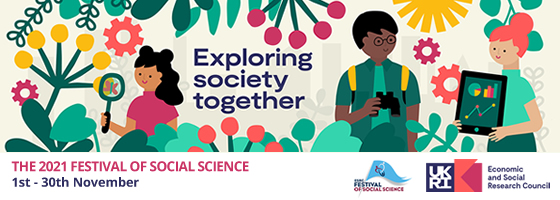
SMART Climate Action: Inclusive Youth Engagement and Sensing & 5G Technology
Exhibitors: A cross-disciplinary team from across UofG, led by Dr. Mark Wong (Urban Studies). Full exhibitors list at the link above!
This installation offers a hands-on, interactive experience to explore cutting-edge sensors and 5G technology that contribute to cutting carbon emissions and adaptations to climate change.
You will be guided to reflect on youth collective action, climate helplessness, and the role of technology in the global transition to Net Zero.
What will you get to do? The installation involves:
1. A demo of a Persuasive Energy Conscious Network – examining the use of sensing technologies, powered by 5G, to shift patterns of energy consumption.
2. Streaming digital content: pre-recorded messages by young people, policymakers/industry, and live feedback of attendees’ self-reflection.
3. Social media: inspiring quotes posted throughout November from young people, policymakers, industry, researchers, and third sector on the opportunities/challenges of Net Zero.
This exhibit is part of the ESRC Festival of Social Science 2021 and was made possible thanks to funding from the Economic and Social Research Council (ESRC), which is part of UK Research and Innovation (UKRI).
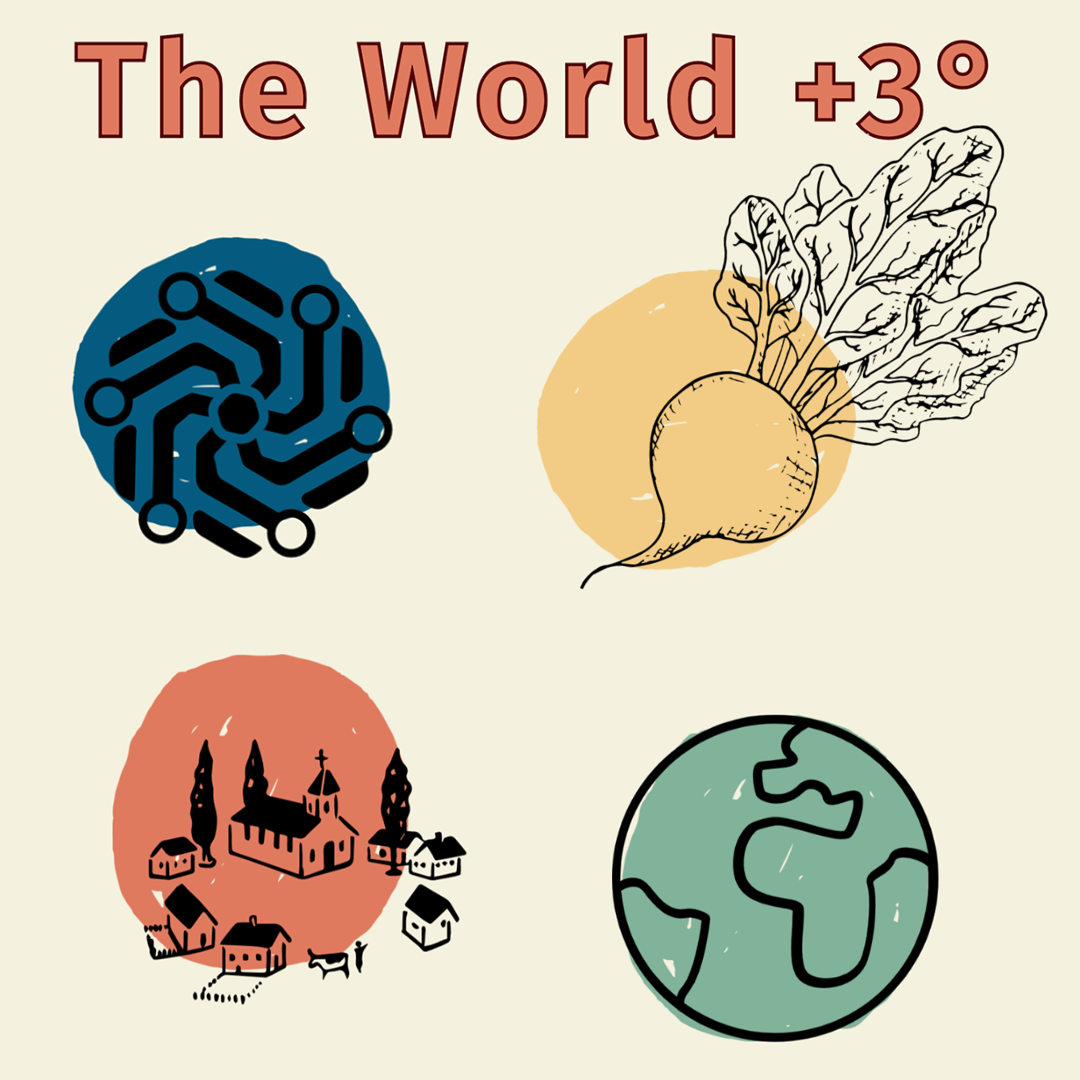
The World + 3°
Exhibitor: Isobel Thomas-Horton
World + 3 is a combination of academic journal and student zine. Using simple, accessible language combined with a peer review and strict referencing system, students from across the UK have come together to create an exploration of current climate adaptation trends that everyone can understand.
For COP26, World + 3 is excited to present an interactive exhibit! Striving for the same collage-art style as W+3, this vision of two worlds will be collectively put together by members of the public. Come and do some cutting, sticking and thinking about what future we want for our planet.
Image credit: © Isobel Thomas-Horton. Used with permission.

UGRacing - Scotland's First Electric Formula Student Race Car
Exhibitor: Fraser Cowie and UGRacing Team
UGRacing is the University of Glasgow’s 140-member strong, multidisciplinary Formula Student team. Our objective for July 2022 is to design, manufacture, market, and race the team’s first ever zero carbon-emission electric vehicle and compete against universities from around the world at Silverstone in the UK Formula Student competition. Our team comprises individuals who share a very clear purpose and are driven by the desire to make a positive difference to life on campus. We see ourselves as the foremost opportunity for students to gain industry-style experience, directly shaping the engineers of the future.

UK Energy Transition Centre for Masters Training (CMT)
Exhibitor: Prof. Bernie Vining, Fellow & Visiting Professor, Royal Holloway, University of London
The Energy Transition is accelerating at a rapid pace. These times call upon us to meet the challenges of a changing global energy mix. What will this new energy mix look like? How do we proactively prepare to fill the skills gap in geoscience and engineering required by these changes? The UK Energy Transition Centre for Masters Training (CMT), of which the University of Glasgowis a partner, will provide solutions by developing the talent needed across the spectrum of energy types.
What will success look like? The CMT will be characterised by filling the skills gap to provide a high quality, skilled workforce, meeting societal needs to mitigate climate change through the Energy Transition. This will provide important and exciting employability opportunities in geoscience and will also require flexibility and adaptability to change from academic, government and industry policymakers. The principal attributes of success will be a strong background in geoscience fundamentals; university curricula embracing new technologies with a cross-discipline, problem-solving mindset; all in the context of sharp commercial acumen, leadership, and management skills.
A presence at the University of Glasgow during COP26 is a key milestone on this journey.
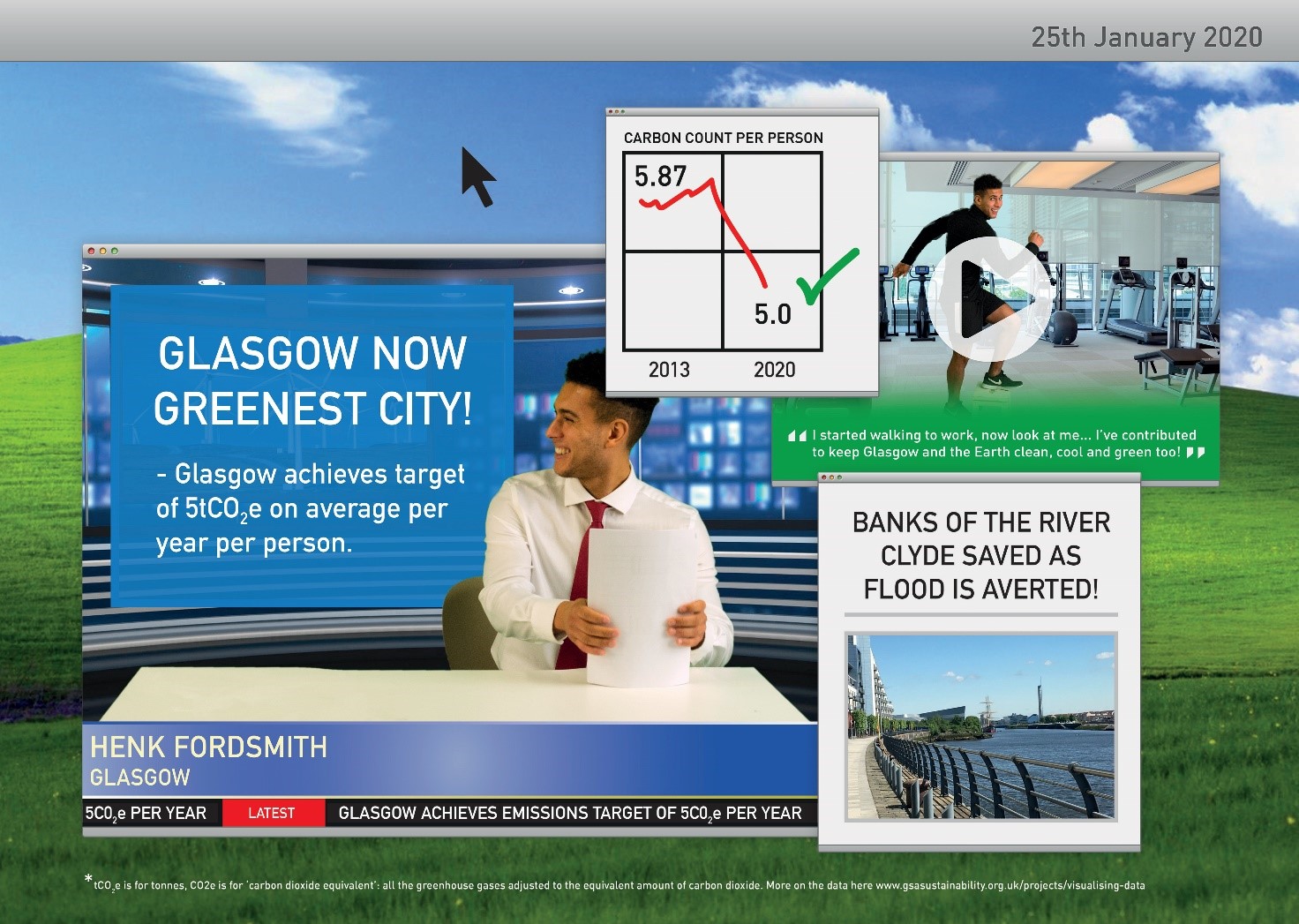
Using Art to Report Glasgow City Council’s Carbon Emissions
Exhibitor: Lynn Bradley
The exhibit shows how art work can transform numerical data about carbon emissions into images that are accessible and interesting to the public. This has the ability both to inform and to motivate people to take action. It contrasts with numerical data which can be impenetrable to many and off-putting. The medium of an everyday object, such as a table mat, shows that art can influence our everyday lives and by motivating us to make small changes, achieve big things.
Image credit: Used with permission of the New Dialogics Project.

Zero Carbon Shelters for Impoverished Communities
Exhibitors: Yasmeen Lari (Heritage Foundation of Pakistan); Azra Meadows and Peter Meadows (University of Glasgow).
Note: This exhibit will appear on the Centre for Sustainable Solutions stall.
Women Centre is part of the series of zero carbon structures designed for disaster prone impoverished communities. Pakistan suffers almost annually from flooding; this bamboo structure is designed on stilts so that communities can find refuge and safety on the first floor, when surrounding area is flooded. During other periods the first floor is used for community women. The ground floor with its shaded area can provide recreational facilities for children during hot weather.

